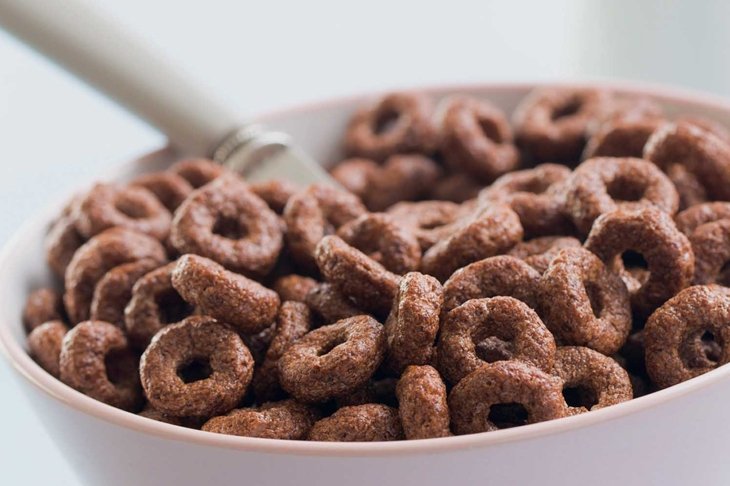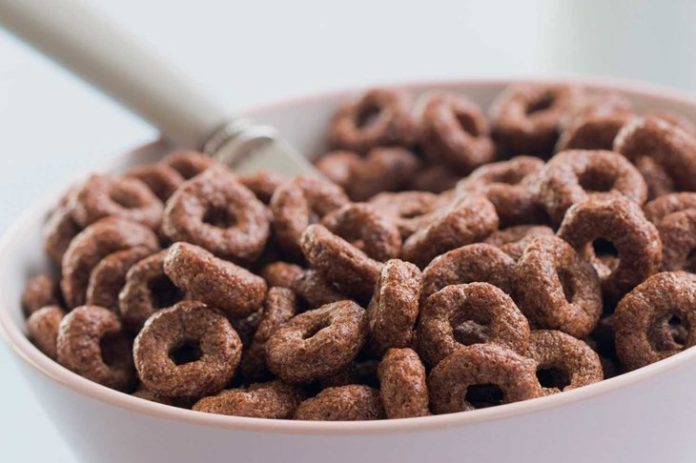
Sadly, we have a new(ish) word in our medical lexicon: diabesity. It refers to the combined adverse effects of obesity and type 2 diabetes. And even sadder: kids are not exempt.
The annual incidence rate of childhood obesity in Canadian kids is at about 12 percent. And kids with obesity have an estimated fourfold risk of developing type 2 diabetes.
The good news is that both obesity and type 2 diabetes are very responsive to simple diet and lifestyle modifications. Take heart in the fact that you can help your child vastly improve their quality of life and shift the trajectory of their health.
A weighty problem
Obesity refers to excess fat, but since body fat testing isn’t very accessible, the body mass index (BMI) has become the standard by which overweight and obesity are calculated.
Childhood obesity is defined by a BMI at or above the 95th percentile for age and sex. The most common cause of obesity in children is a higher caloric intake than caloric expenditure, combined with a genetic predisposition to weight gain.
The obesity-diabetes connection
The rising obesity rate for children and teens is contributing to their increasing incidence of type 2 diabetes. Even being moderately overweight before puberty significantly increases the risk of type 2 diabetes and cardiovascular disease in midlife.
Childhood and adolescent-onset type 2 diabetes is associated with poorer glycemic control and more severe diabetes-related outcomes (hypertension and dyslipidemia) than adult-onset type 2 diabetes.
Symptoms of type 2 diabetes in kids
- increased thirst
- increased urination
- blurry vision
- fatigue
- darkened areas of skin, usually the underarms and neck
- increased hunger
- slow healing of cuts and wounds
If it’s poorly controlled, type 2 diabetes can impact nearly all organs in the body, affect healthy growth and development, and lead to disability down the road. But remember that with simple diet and lifestyle modifications, your child can grow healthily and live a healthy life.
Modelling movement
Since the crux of most childhood obesity rests on an imbalance between caloric input and output, physical activity is crucial for the prevention and management of both obesity and type 2 diabetes. Parental physical activity and parental encouragement of exercise are both related to their children’s activity level.
Move together
Some evidence suggests that joint physical activity, involving parents and kids exercising together, is particularly beneficial.
Make it fun for all
Choose physical activities that are fun for both of you, ones that feel more like games than chores. Consider taking a nature guidebook on a hike with your child to identify trees, bugs, and birds, or incorporate the family dog in a backyard soccer game.
Sweet eats
Modelling healthy eating is also important for your kids, although this one can be a bit more of a challenge when you’re dealing with picky eaters!
Get them in the kitchen
Try wrangling your kids and teens into the kitchen to help you cook dinner. This helps them learn about nutrition and may also encourage them to be more adventurous about trying new healthy foods.
Choose wisely when you shop
When you’re shopping for groceries, minimize the amount of potentially obesogenic foods in your cart, including sugary drinks, processed foods, candy, animal products, and refined grains. The Mediterranean diet, which is low in processed foods and high in vegetables and fish, is beneficial for reducing glucose levels and BMI in children with abdominal adiposity.
Use serving strategies that work
To help your child reduce overconsumption of calories, try serving dinner on smaller plates and give them a vegetable-rich snack before dinner. Swap liquid calories in the form of pop and juice for water. If your child is water-averse, try popping a few berries in their water for some added flavour.
Use these diet tips to keep things in balance
Food pairings: Avoid blood sugar spikes by pairing a carbohydrate-rich food with a source of protein, healthy fat, or fibre.
Low glycemic index foods: Include berries, apples, and vegetables, and opt for whole rather than white grains.
Chromium and magnesium foods: Encourage foods such as broccoli and turkey (rich in chromium) and spinach and tuna (rich in magnesium), which improve blood sugar regulation and insulin sensitivity.
Minimize sugar intake: Avoid pop, baked goods, candy, and processed foods.
Gut microbiome and diabesity
Evidence suggests that children with diet-related obesity have a poor makeup of bacteria in the gut. The probiotic strains Bifidobacterium and Lactobacillus are associated with healthy gut bacteria; their levels have been found to improve with weight loss, among obese children. These strains of probiotics can be beneficial as a supplement to assist weight loss in kids with obesity.
Supplementing with prebiotic fibre also improves appetite control, positively affects the gut microbiome, and reduces body fat in kids with overweight and obesity.
Vitamin D deficiency and diabesity
There is an association between vitamin D deficiency and obesity in kids. Low vitamin D also negatively affects pancreatic cell function and insulin sensitivity, which suggests that deficiency may be implicated in poor glucose control in obese children. It’s likely beneficial for Canadian kids to supplement with vitamin D throughout winter, at least, and get their blood levels tested to adjust their dosage.
Test, don’t guess
If your child has type 2 diabetes or if you’re tracking their risk, it is important to regularly monitor blood sugar with an at-home glucometer or with routine blood work.
In addition to testing fasting glucose, glucose tolerance, and Hba1c, ask your GP or ND to test for fasting insulin. Insulin resistance can show in the blood years before glucose becomes high. Results can give you a head start on implementing diet and lifestyle modifications for your child.
















